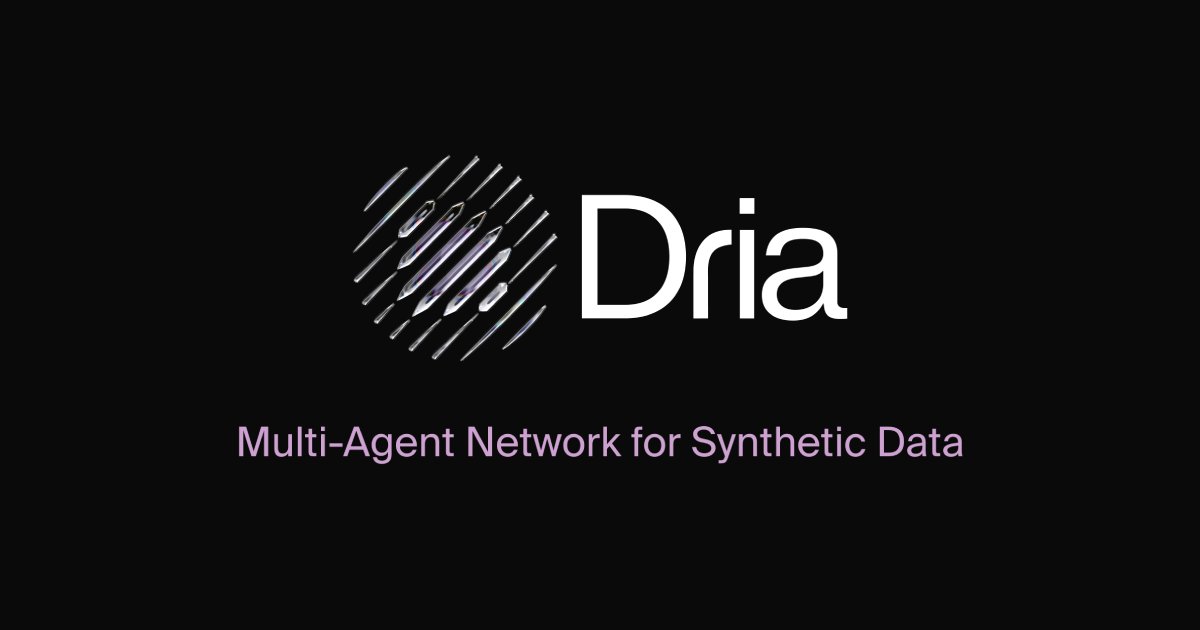Running a Dria node is one of the easiest ways to support the decentralized knowledge protocol while positioning yourself for potential future rewards. The Dria network relies on distributed nodes to index and retrieve knowledge efficiently. By operating a node, you contribute to network reliability, performance, and overall ecosystem health, which can increase your chances of earning points, reputation, or incentives in upcoming reward phases.
How to Run a Dria Node on Local Computer and VPS?
Local Machine Setup
To get started, you’ll need a stable computer or server with a reliable internet connection. A device that remains online for long durations is preferred, as consistent uptime plays a positive role in your contribution score. Basic familiarity with software installation helps, but Dria’s process is designed to be user-friendly, making it approachable even for beginners in decentralized infrastructure.
🔧 Requirements:
• 12GB RAM minimum
• 8–16 Core CPU
• 100GB Free Storage
✅ Step-by-Step Setup
1️⃣ Install Ollama
👉 Download (Linux/Mac): http://ollama.com/download/linux
2️⃣ Run Commands in PowerShell (Windows)
🔹 Paste & run this:
irm https://dria.co/launcher.ps1 | iex
🔹 Start your node:
dkn-compute-launcher.exe start
🔹 When prompted, enter your EVM private key (no "0x")
3️⃣ Use Referral Code for Bonus Points:
👉 In PowerShell:
dkn-compute-launcher referrals
➡️ Choose “Enter referral code”
➡️ Paste: GUw2DEkOtO7kZn6lzarW
4️⃣ Check Node Status:
🌐 http://dria.co/edge-ai
5️⃣ Claim Role (Form):
📝 Fill This Form https://form.typeform.com/to/Eav42hR3?typeform-source=www.google.com
6️⃣ Join Discord:
👾 http://discord.gg/driaThe first step is to install container software such as Docker on your device. This acts as a lightweight environment where the Dria node can run cleanly without affecting your computer’s operating system. After installation, you should create a dedicated folder on your device to store data that the node generates while it indexes knowledge items from the network.
Once your device is prepared, the next requirement is your unique node key. You can obtain this by logging into the official Dria dashboard using your preferred Web3 wallet, such as MetaMask. Inside the dashboard, you’ll find an API key or node token that identifies your node within the network. This key allows Dria’s systems to track uptime, data contribution, and reliability for your specific node.
After retrieving your key, you can initiate your node through Docker and connect it with the folder you created earlier. Once it starts, the node will begin syncing data and participating in the knowledge indexing process. You can return to the Dria dashboard at any time to check your node’s status. At this stage, the node may require a few minutes to fully synchronize and become active.
When everything is running smoothly, it’s important to keep your device powered on as much as possible. Higher uptime indicates more contribution toward the network. Early node operators often receive the most recognition since they help stabilize and scale the protocol before widespread adoption. Many decentralized platforms reward this behavior through future token allocations, community perks, or airdrops—although nothing is guaranteed, participation improves positioning.
If at any point your node appears offline or inactive, simply revisit the dashboard to review logs, refresh status, or update your software container. It’s also recommended to periodically check for node software updates, ensuring you remain compatible with the latest network requirements.
Running a Dria node is not only helpful for decentralizing AI-knowledge storage and retrieval, but also a great opportunity to become early infrastructure support for a rapidly emerging ecosystem. With minimal setup, consistent uptime, and basic monitoring, you can actively contribute to the protocol and potentially benefit from future incentive rounds.
How to run Dria Node on Cloud Hosting Server (VPS)?
sudo apt update && sudo apt upgrade -y
sudo apt install curl wget git -y
curl -fsSL https://ollama.com/install.sh | sh
sudo systemctl enable ollama
sudo systemctl start ollama
ollama pull llama3.2:1b-instruct-q4_K_M
ollama list
curl -fsSL https://dria.co/launcher | bash
source ~/.bashrc
dkn-compute-launcher --version
dkn-compute-launcher start
nohup dkn-compute-launcher start > dria.log 2>&1 &
tail -f dria.log
